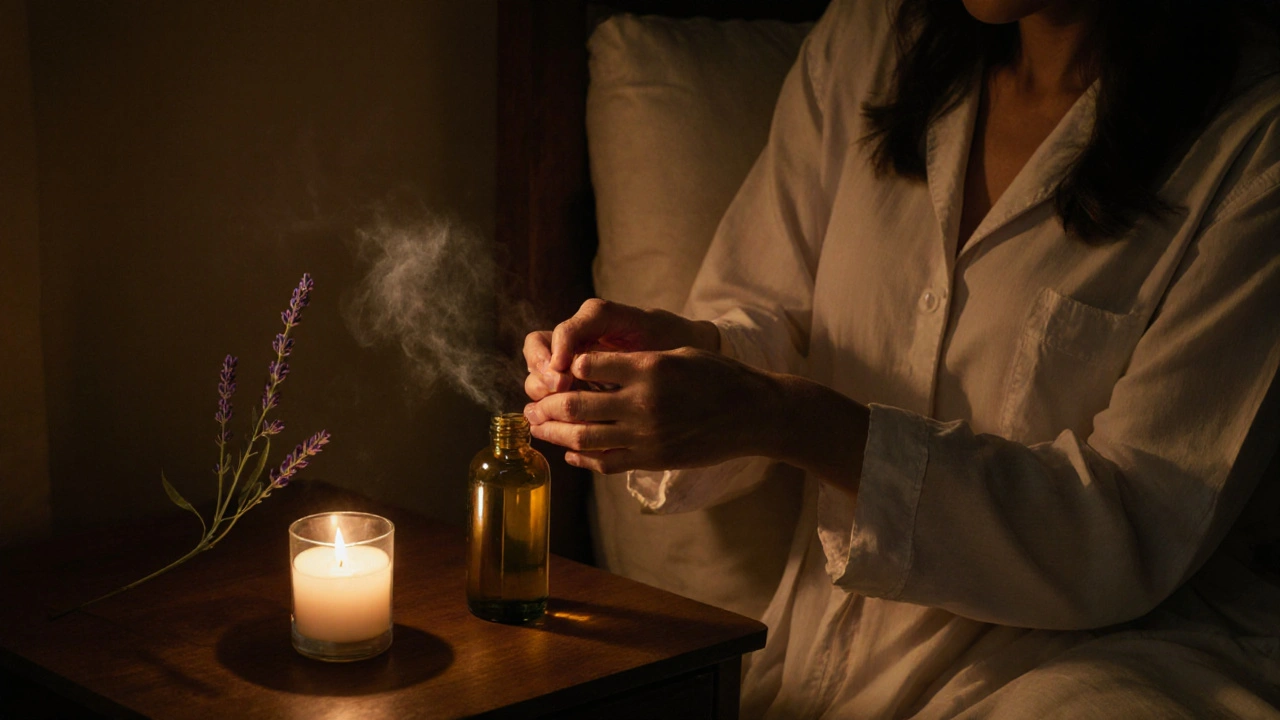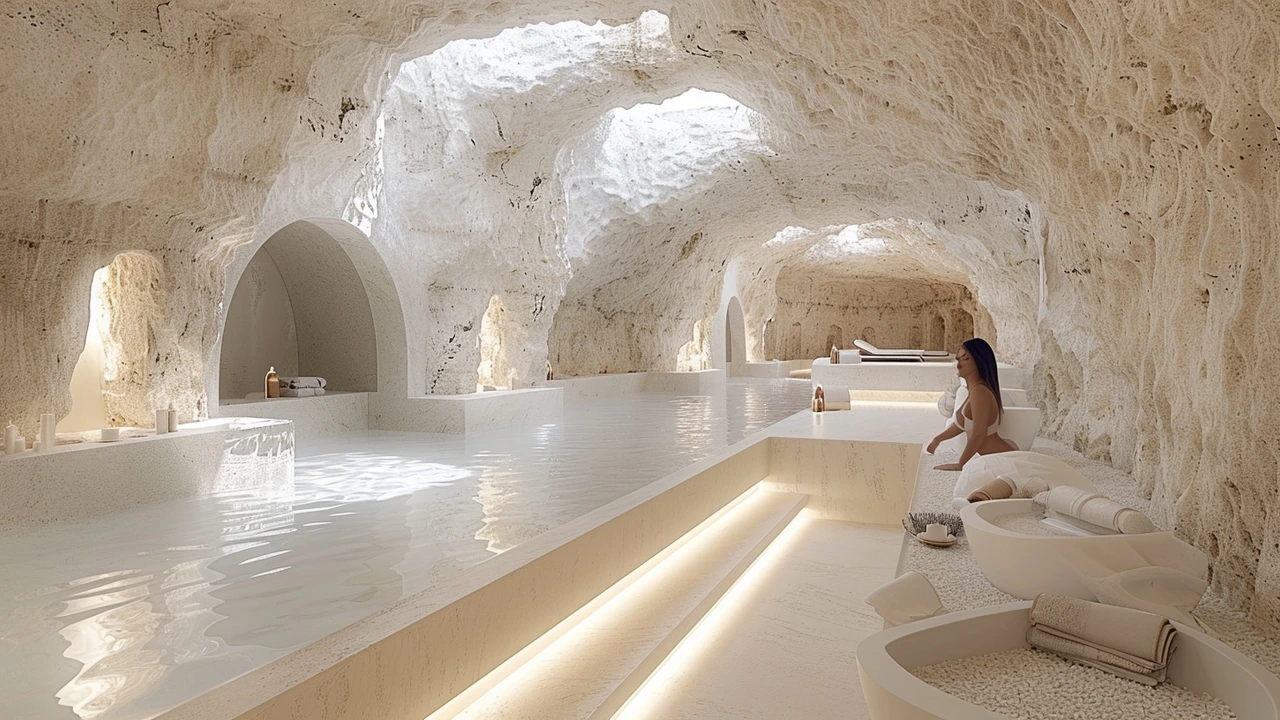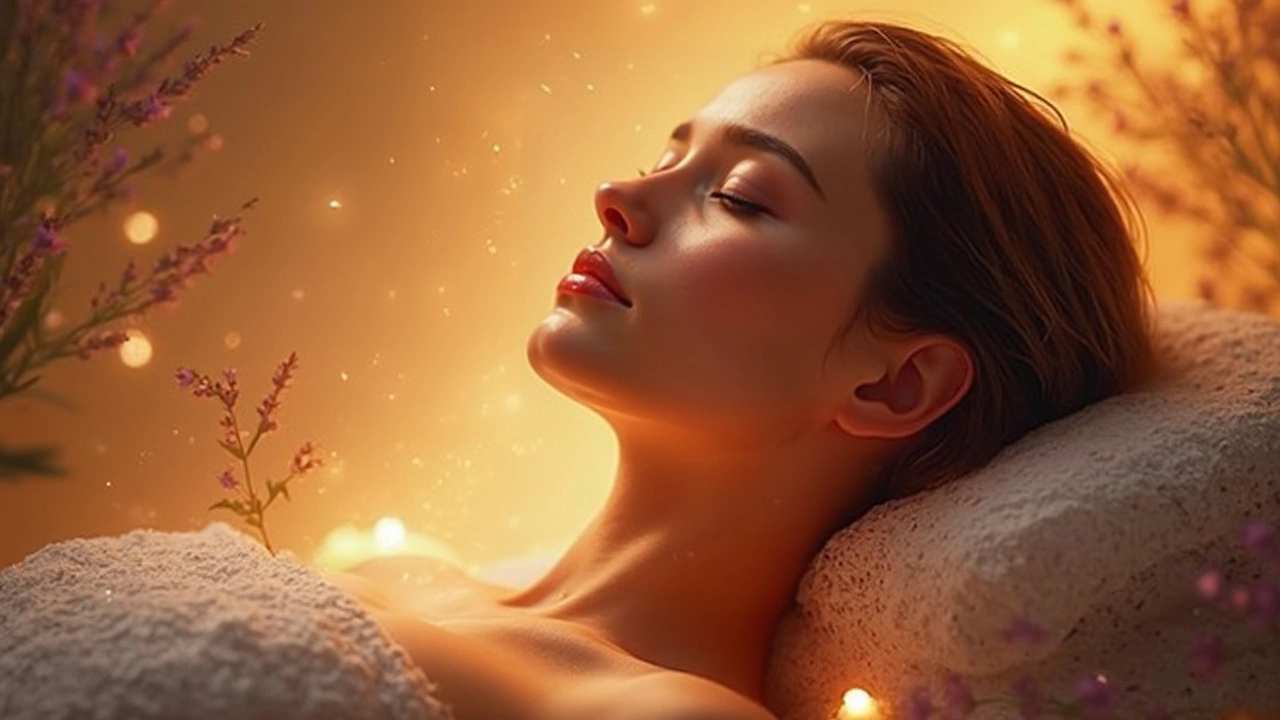Massage Oils: What Works, What to Avoid, and How They Shape Your Experience
When you think of massage oils, liquid carriers that enhance skin glide, carry scent, and deepen tactile connection during bodywork. Also known as lubricants for massage, they’re not just about reducing friction—they’re the silent partner in every sensual, therapeutic, or erotic touch experience. Pick the wrong one, and you’re stuck with greasy skin or an allergic reaction. Pick the right one, and it becomes part of the ritual—calming nerves, heightening sensation, and turning a session into something unforgettable.
Not all oils are created equal. essential oils, highly concentrated plant extracts used for scent and subtle therapeutic effects like lavender or sandalwood don’t work alone—they’re mixed into base oils like sweet almond, jojoba, or coconut. These base oils determine how fast the product absorbs, how slick it feels, and whether it leaves a residue. In Prague’s top erotic parlors, many therapists use a blend: jojoba for its skin-identical structure, a drop of vanilla-infused oil for warmth, and just enough grapeseed to keep things light. You won’t find heavy mineral oils—they clog pores and feel artificial. And yes, some places use specialized erotic oils with warming or tingling agents, but those are rare and always disclosed upfront.
Then there’s the aromatherapy massage, a style where scent directly influences mood, relaxation, and nervous system response. Studies show lavender lowers cortisol. Ylang-ylang can elevate mood. Peppermint? It’s stimulating, not relaxing. That’s why the best places in Prague don’t just pour oil—they curate it. The scent you smell isn’t random; it’s chosen to match the energy of the session. A calming session? Lavender and chamomile. A more sensual, intimate experience? Rose, patchouli, or a hint of vanilla. And if you’re sensitive? Always ask. Some oils can irritate, especially if you have eczema or allergies.
What about sensual massage, a form of touch focused on connection, pleasure, and presence rather than just muscle relief? Here, the oil isn’t just a tool—it’s part of the tease. Warm it between hands. Let it drip slowly down the spine. The temperature, the smell, the glide—it all builds anticipation. In body-to-body sessions, the oil becomes a shared experience. It’s not just about what’s applied—it’s how it’s applied. The rhythm, the pressure, the pause after a slow stroke—all of it depends on that oil doing its job without sticking, slipping too fast, or smelling like a candle shop.
You’ll find posts below that dive into exactly how these oils are used in real settings—from the quiet, candlelit rooms of Prague’s discreet spas to the more adventurous sessions where temperature play and scent are part of the game. Some therapists swear by organic, cold-pressed oils. Others use custom blends they’ve perfected over years. A few even offer scent customization, letting you pick your mood before the session starts. There’s no one-size-fits-all. But there is a right choice for you—once you know what matters: glide, scent, skin safety, and how it makes you feel.
Massage Oils and Candles: The Perfect Solution for a Stressful Day
Massage oils and aromatherapy candles offer a simple, science-backed way to reduce daily stress. Learn how to use them effectively with safe ingredients and a calming ritual that works even on the busiest days.






